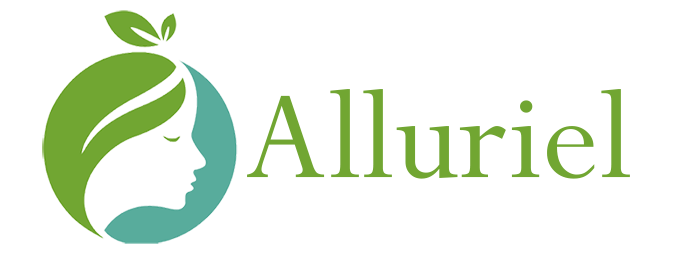The Story of Lectins – Everything You Need To Know (2021)
Overview
Lectins describe a family of carbohydrate-binding proteins that you can find in animals and plants.
Researchers identified numerous roles to the lectins found in animals; however, we still don’t know the exact role of lectins found in plants.
Note that some plant lectins are toxic, with the extreme example of the lethal ricin – a lectin extracted from castor oil plant.
According to one study, 30% of foods consumed in the United States have significant amounts of lectins. This number is interesting since all foods seem to harbor some lectins.
In this article, we will briefly touch on some harmful lectins and the importance of avoiding them.
Harmful lectins
Similar to other animals, we often have trouble digesting lectins.
According to research, lectins seem to resist the body’s digestive enzymes, which risks the absorption of the proteins without digesting them.
In general, most lectins found in food are safe to consume and cause no health concerns. However, there are some exceptions.
For instance, phytohemagglutinin is a common lectin found in raw kidney beans that leads to severe stomach pain, vomiting, and nausea.
Fortunately, cooking the kidney beans properly degrades the lectins, eliminating the risk of digestive problems.
Takeaway message
Lectins are naturally-occurring proteins found in the vast majority of foods. These proteins are safe to consume, with a few exceptions.
If you have a personal story about lectins, please don’t hesitate to share it with us in the comment section below.



